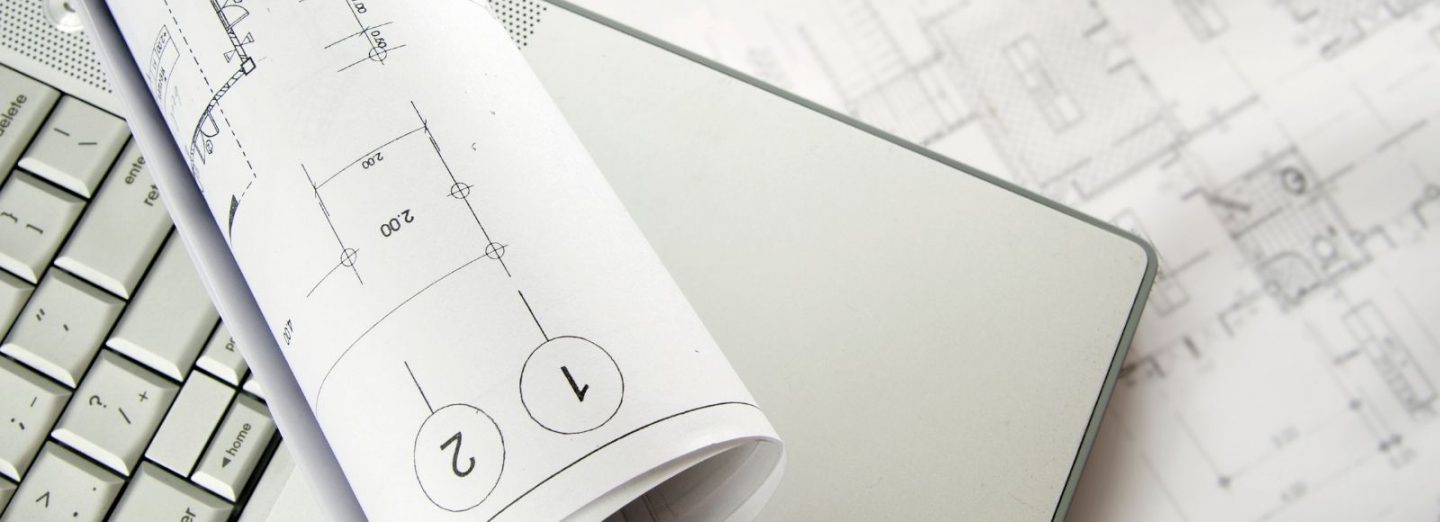Back to the Future? — The Expert Panel’s final report “The Planning System We Want”
15 December 2014
On Friday, 12 December 2014, the Expert Panel on Planning Reform delivered its third and final report entitled “The Planning System We Want”.
One of the main themes of the reforms is to enact a centralised planning assessment system which was a feature of the Planning and Development Act 1966; the first land-use planning legislation enacted in South Australia and from which, over time, the current Development Act 1993 evolved.[1]
The report recommends 22 specific reforms divided into 5 areas with differing levels of priority. We summarise the reforms arranged by their priority.
Priority 1 (reforms 1, 3, 5 and 7)
These reforms largely constitute the initial steps required to achieve centralised planning system, being the establishment of the State Planning Commission, creating a uniform charter of citizen participation, creating State planning directions and uniform planning rules.
Priority 2 (reforms 2, 6, 9, 12 – 16, 18 – 22)
These reforms include:
- The establishment of Regional Planning Boards (reform 2)
- Creating regional planning schemes to replace regional chapters of the Planning Strategy and individual council Development Plans (reform 6)
- Ensuring that changes to planning schemes can occur quickly and efficiently (reform 9)
- Implementing appropriate changes to state significant development and essential infrastructure development (reforms 12 and 13)
- Legislating for simplified ERD Court appeals and eventually integrating the ERD Court into the South Australian Civil and Administrative Tribunal (reform 14)
- Creating new enforcement options (reform 15)
- Expanding the role of precinct planning currently undertaken under the Urban Renewal Act 1995 (reform 16)
- Improving open space processes including by ensuring that strategic plans exist for the provision of open space and incorporating open space payments into broader infrastructure development regimes (reform 18)
- Ensuring that planning legislation interfaces seamlessly with other legislation, including environmental legislation (reform 19)
- The establishment of a central online development application and assessment system (reform 20)
- Improving performance monitoring (reform 21)
- Pursuing and implementing cultural change in the planning system, including by addressing complaints handling processes and providing appropriate statutory indemnities to council officers to encourage pre-lodgment advice and other assistance (reform 22)
Priority 3 (reforms 4, 8, 10, 11 and 17)
- Increasing the role of Parliament in planning policy (reform 4)
- Reviewing and improving heritage protections (reform 8)
- Increasing complying assessment pathways, revising the definition of development to exclude many forms of development, requiring notices concerning proposed development to be placed on properties and reducing appeal rights (reform 10)
- Establishing Regional Development Assessment Panels, increasing the role of private certification in the planning assessment and redefining the role of councils in the planning assessment process to that of a delegate and not a decision-maker (reform 11)
- Implementing new infrastructure funding frameworks which coordinate infrastructure development including standardising augmentation charges and designs (reform 17)
The form in which the above recommendations will take is still unclear. If all of the recommended reforms are adopted by the Government, then an entirely new Act will most certainly be required. If however, some but not all reforms are adopted, then it could be possible for reform to be achieved through amendments to the current Act. We will keep you updated as to further developments along the path to planning reform as they occur.
[1] For a summary of how the Planning and Development Act 1966 operated, visit http://www.austlii.edu.au/au/journals/AdelLawRw/1975/10.pdf

